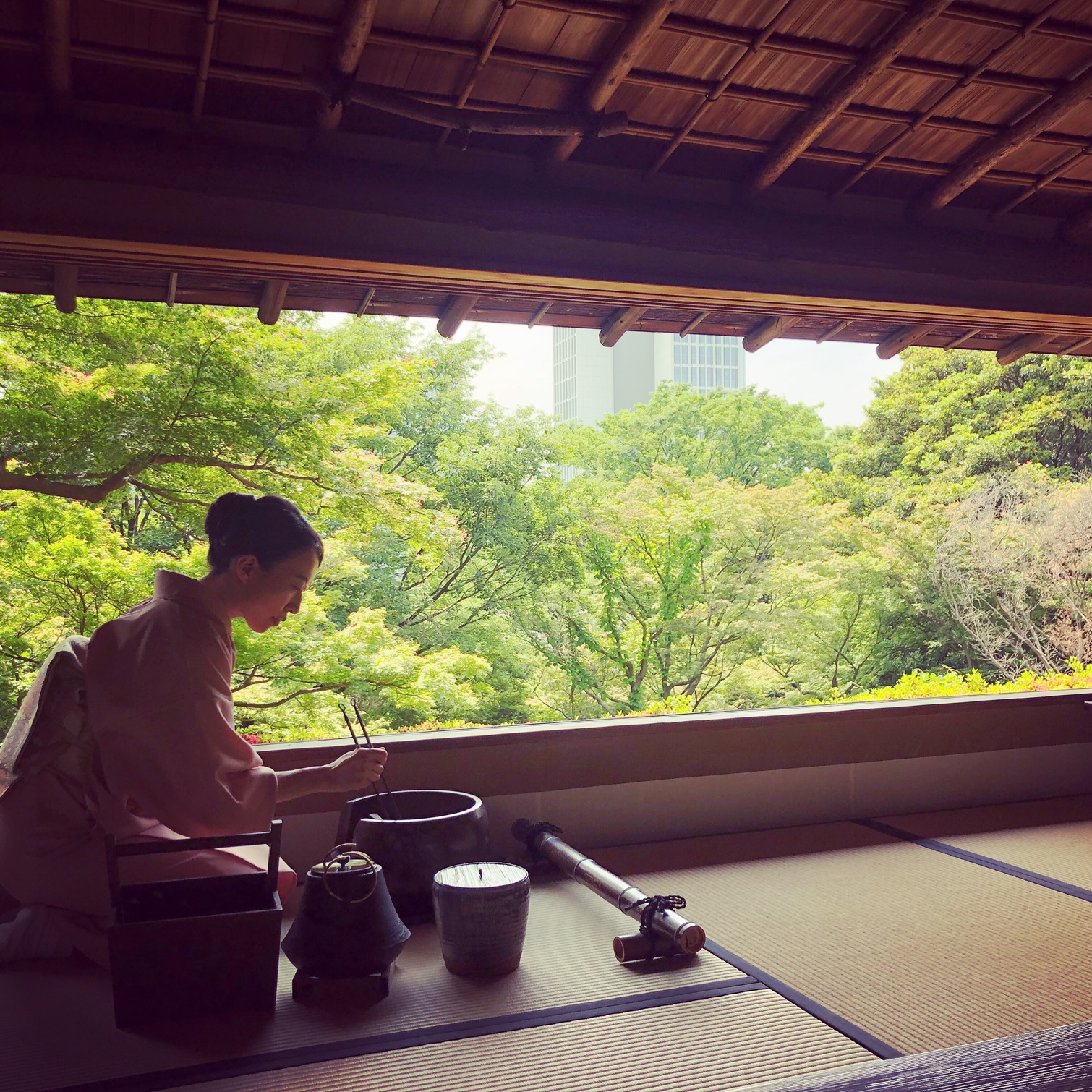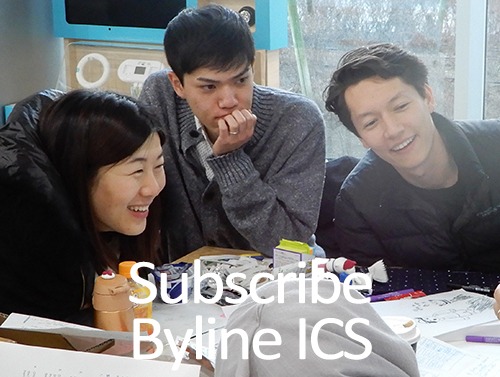In this edition of our faculty interview series, the marketing team sat down with Associate Professor Satoko Suzuki. Her research interests lie in business and culture. She has been invited to various academic conferences to present her research, and has been actively providing advice to central and local governments for marketing and globalization. At the Hitotsubashi ICS MBA program, she teaches Marketing, Design Thinking, and leads the Global Network Week program.
Mina Nishisaka
Recent Posts
Interview with Professor Satoko Suzuki on GNW Tokyo 2021
Posted by
Mina Nishisaka on Mar 12, 2021 2:21:28 PM
Topics: Faculty Impact, Global Network, MBA Program










